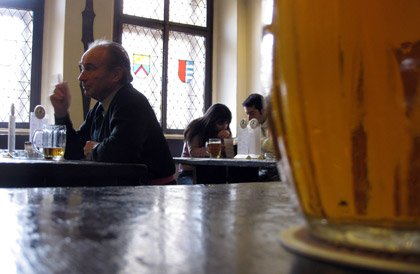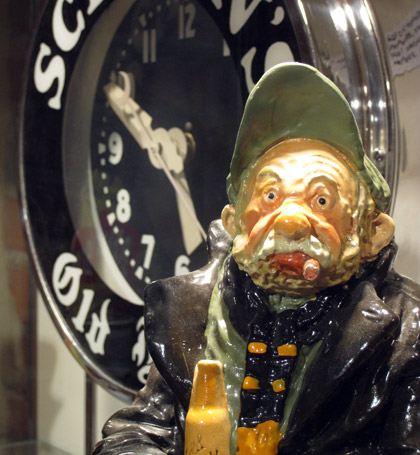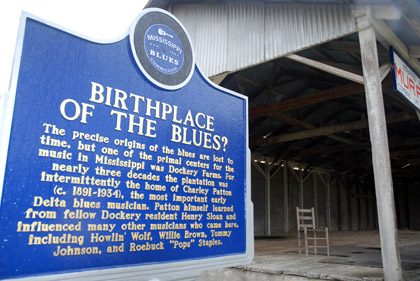Last week during The Symposium for Professional Wine Writers New York Times chief wine critic Eric Asimov called for an end to tasting notes.
At least if I read blogger Alder Yarrow (Vinography) correctly. Yarrow, who is one of my favorite wine writers, nicely recaps Asimov’s presentation called “The Tyranny of the Tasting Note,” mostly agrees and then disagrees a bit. He also has a link to another of his own posts you must read: Messages In a Bottle: Appreciating Wine in Context.
But back to what Asimov had to say, channeled through Yarrow:
The biggest barrier to increased wine appreciation amongst the general public, Eric began, lies in a chronic anxiety that marks most novice’s relationship to wine. This anxiety arises from most people’s assumption that to enjoy wine they need to know something about it, and manifests most obviously in the conversations that they have with wine critics and writers whenever they meet them, e.g.:
“I know I should know something more about wine, and I really would like to learn. I’ve been meaning to take a class…or is there one book that you really recommend?”
In short, most people assume that the key to enjoying wine lies in the path towards connoisseurship, rather than simply drinking wine with a meal as if it is just another food group. Most people, it seems, wrongly put wine on a pedestal, according it some status that is not reserved for anything else.
Not a place we should want to see beer headed. To understand what I mean make sure to read the comments, like this one:
When two or more people get together in the same room with a glass of wine, the same peculiar dance begins. One or more folks will swirl it and make a comment on the legs as they perform the Viewing of the Wine; one or more will wave the glass under their nose and raise their eyebrows as they enact the Smelling of the Wine; one or more will take a drink and immediately swallow in the Tasting of the Wine. Then, almost synchronously, a quiet reflection will come upon the room as the entire gaggle, even those who have not performed The Tasting, engage in the Judging of the Wine. Some will over-emphasize the importance of the Tasting of the Wine and not enough of the Judging; those folks will often follow up with the Spilling of the Wine, and sometimes (sadly enough) the eventual Purging of the Wine.
My point is that this is not natural human behavior.
Beer — or at least those who brew it, who sell it, love it and speak on its behalf — would like to be afforded the same respect as wine. But it is one thing to be taken as seriously as wine and another to be taken as seriously as wine.


